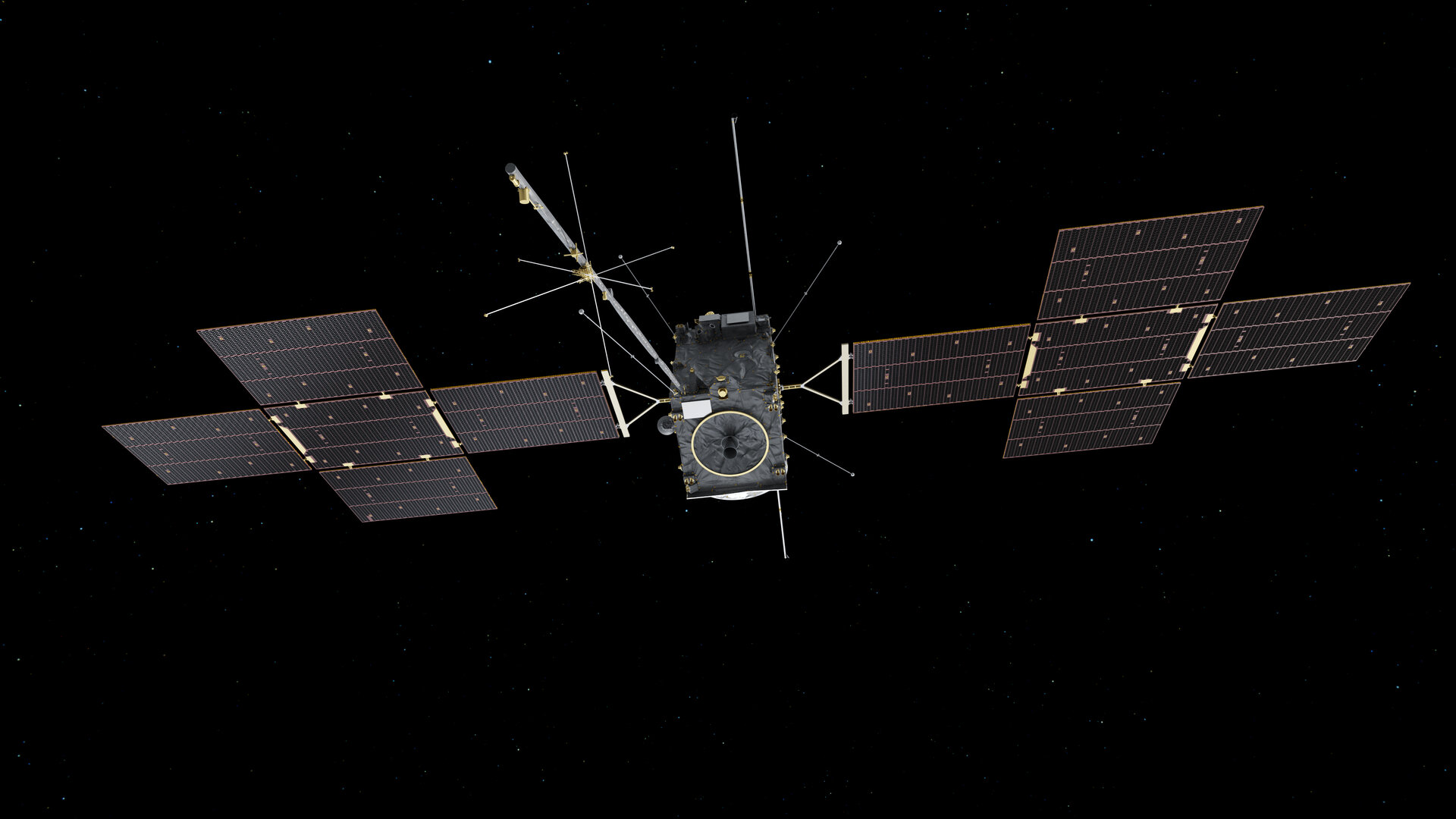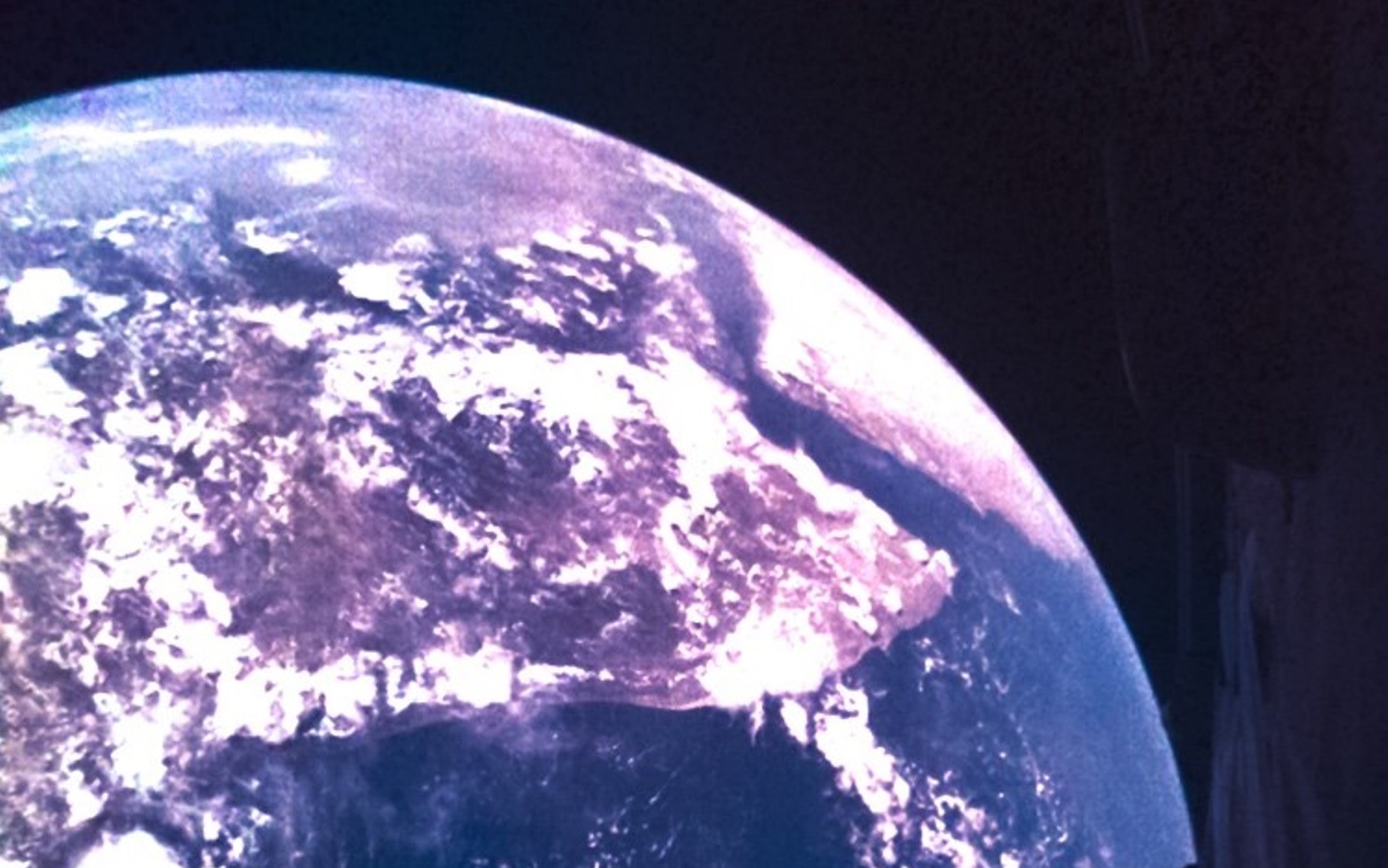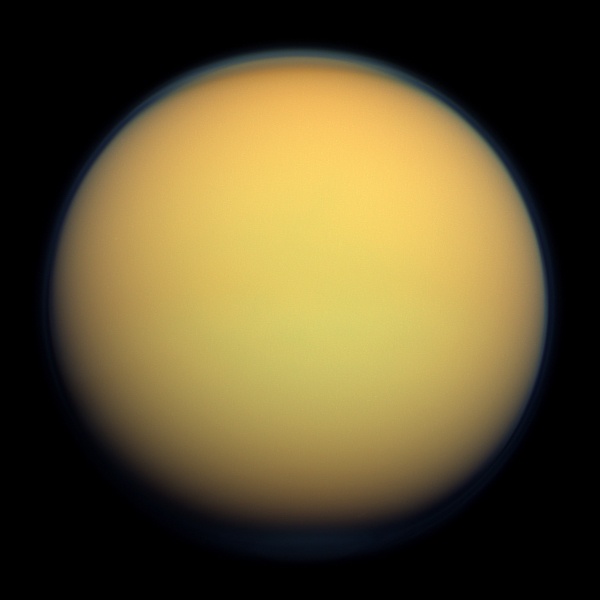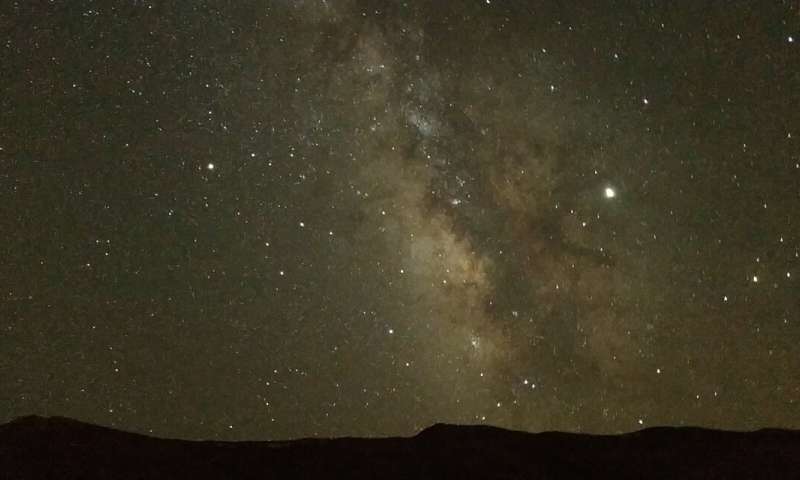Mars has always held a special place in our hearts, likely from hints over the decades of perhaps finding signs of life, albeit fossilised and primitive. It’s been the subject of study from telescopes and space missions alike, most notably ESA’s Mars Express which has been observing the red planet for 20 years. Over the two decades of observation it has studied an amazing variety of atmospheric phenomenon which have now been catalogued in a new ‘Cloud Atlas.’ Many will be familiar to sky watchers on Earth but some are very different.
Continue reading “Mars has an Amazing Variety of Clouds”Mars has an Amazing Variety of Clouds










